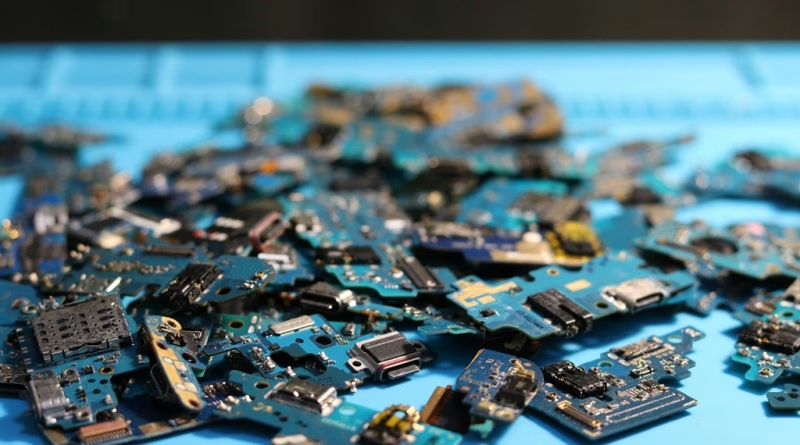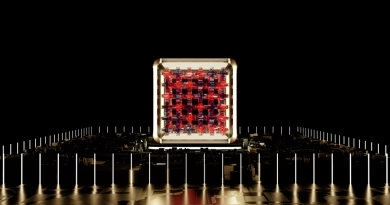Biodegradable Electronics: Can Science Solve E-Waste?
In 2025, the world is on track to generate over 65 million metric tons of electronic waste. That’s smartphones, tablets, sensors, medical devices—most of it filled with plastic, toxic metals, and zero chance of decomposition.
But what if your electronics could disappear safely after use? What if a medical implant dissolved inside your body after healing, or a sensor composted into soil?
That’s not sci-fi. It’s biodegradable electronics—and it’s one of the most exciting frontiers in sustainable tech.
💡 What Are Biodegradable Electronics?
Biodegradable electronics are devices built from natural, compostable, or dissolvable materials, including:
- Silk proteins
- Cellulose substrates
- Magnesium, zinc, and silicon-based conductors
- Bioplastics and bio-epoxies
They function like normal circuits but are designed to break down via moisture, enzymes, heat, or time—leaving no toxic waste behind.
🧪 What Exists in 2025?
✅ 1. Biodegradable Sensors and Implants
- Medical implants that dissolve after wound healing or temporary monitoring (e.g., brain pressure sensors).
- Used in post-operative recovery and injury diagnostics—already in clinical trials in the U.S. and EU.
✅ 2. Single-Use Environmental Trackers
- Soil and water quality monitors for farms and rivers.
- Designed to degrade after a season—used by researchers and farmers in developing regions.
✅ 3. Temporary Electronics for Military and Security
- Devices that self-destruct to prevent data leaks or hardware recovery.
- Inspired by DARPA-funded “disappearing electronics” programs.
🧭 The Science Making It Possible
| Component | Biodegradable Alternative |
|---|---|
| PCB (Plastic circuit board) | Cellulose or silk protein substrates |
| Metal wiring | Magnesium, zinc, or iron-based conductors |
| Semiconductors | Silicon nanomembranes, organic semiconductors |
| Batteries | Polymer gel electrolytes, bio-based cathodes |
Additives like silk fibroin, lactic acid polymers, and starch-based dielectrics help create devices that are both functional and compostable.
⛔ What’s Still a Challenge?
- Power sources: Eco-friendly batteries are improving, but still bulkier and less efficient.
- Mass manufacturing: Hard to scale without altering industry-wide supply chains.
- Device lifespan: Current biodegradable tech works for days to weeks, not years.
- Cost: Still more expensive than traditional plastics and silicon components.
🏭 Who’s Leading the Research?
- Stanford University: Silk-based circuits and compostable substrates
- TU Delft (Netherlands): Paper-based electronics
- University of Illinois: Bioresorbable sensors
- Empa (Switzerland): Flexible cellulose-based PCBs
- Samsung R&D: Developing compostable wearables
Startups like BeFC (France) and Jiva Materials (UK) are also creating biodegradable batteries and circuit boards commercially.
🌍 Why It Matters
Biodegradable electronics can:
- Dramatically reduce landfill and toxic pollution
- Open up sustainable tech in rural, temporary, and medical environments
- Enable “zero-waste” devices for smart agriculture and one-time health monitoring
- Prevent data recovery from discarded surveillance tech
In a world where gadgets are outdated in months, the ability to let them vanish safely is more relevant than ever.
🧠 Final Thought: When Will Your Phone Disappear?
Don’t expect compostable iPhones just yet. But biodegradable electronics are already transforming how we think about tech’s end-of-life.
In 2025, the focus is on low-power, short-life devices—but with enough breakthroughs, we may soon live in a world where electronics don’t last forever… and that’s a good thing.




